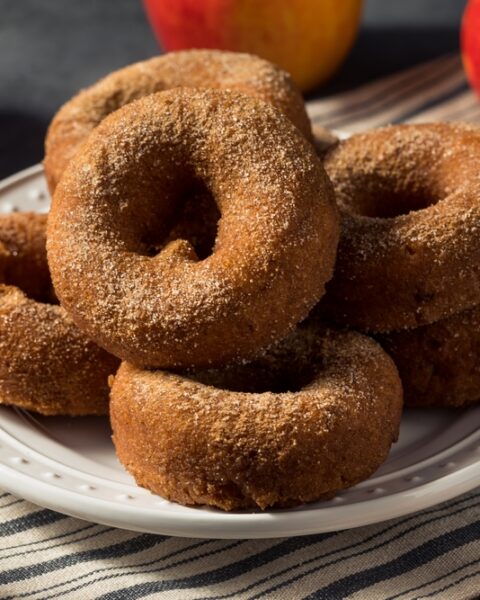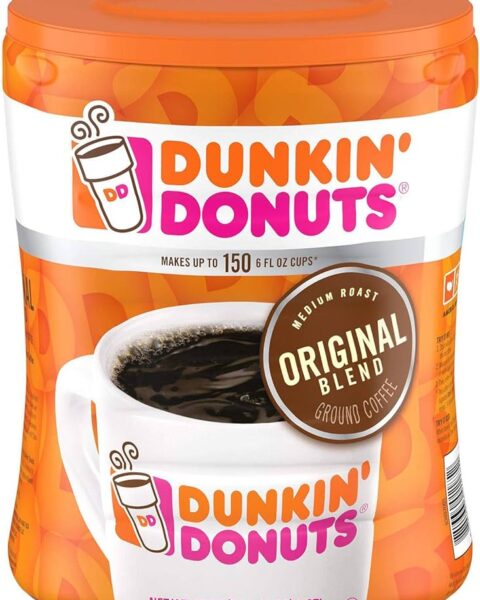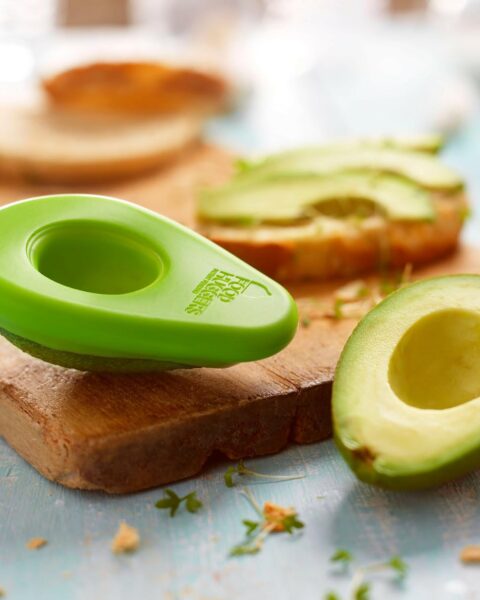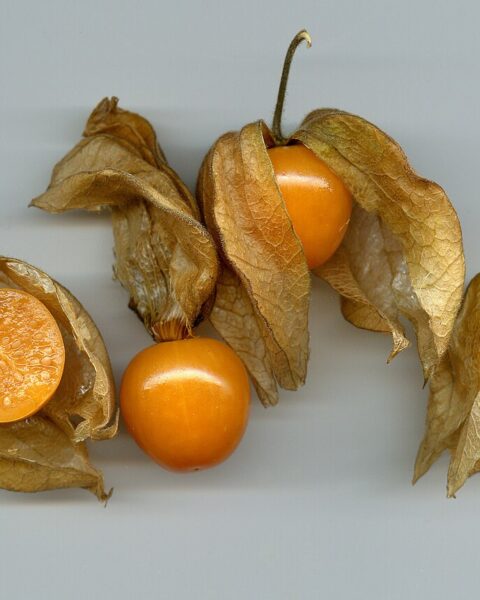Some cheeses are so special, that they don’t stick around for long—literally. These rare and unique varieties are fresh, full of flavor, and highly perishable. Their short shelf life makes them delicate treasures you’ll want to savor quickly. Whether it’s their high moisture content or lack of aging, these cheeses demand a little extra care but reward you with unforgettable taste. Let’s take a closer look at these fleeting delights that cheese lovers can’t get enough of.
Contents
- 1 Chhena
- 2 Casu Martzu
- 3 Hoop Cheese
- 4 Brie Noir
- 5 Fresh Cotija Cheese
- 6 Fresh Ricotta
- 7 Burrata
- 8 Stracchino
- 9 Queso Fresco
- 10 Cottage Cheese
- 11 Neufchâtel
- 12 Faisselle
- 13 Liptauer
- 14 Quark
- 15 Paneer
- 16 More From RetailShout
- 17 12 Hydrating Foods That Help Support Kidney Function
- 18 10 Chic Loungewear Under $25 You’ll Love from Walmart
Chhena
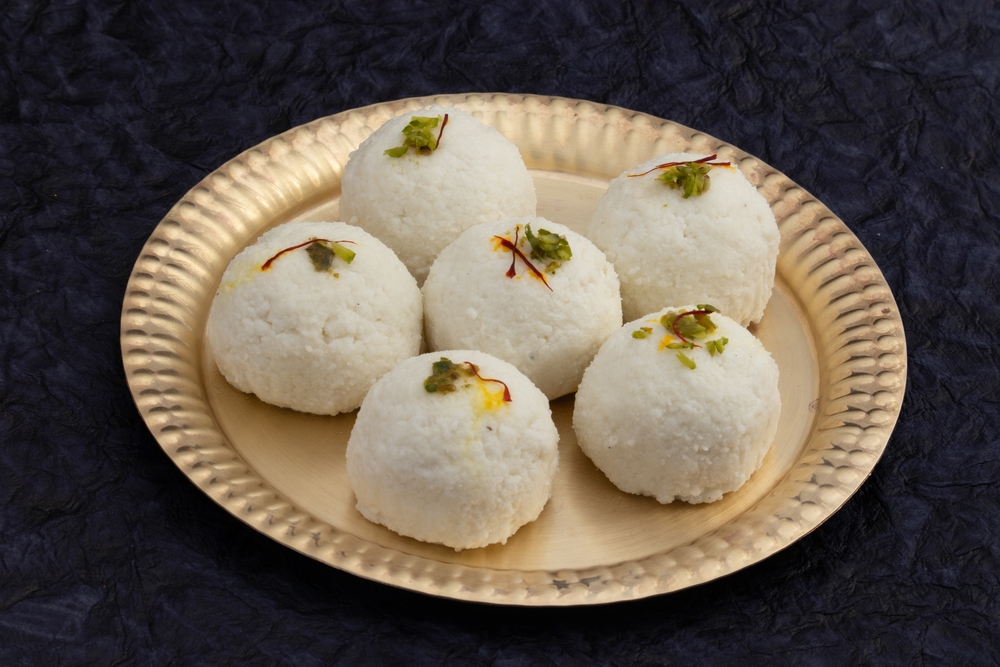
Chhena is a fresh, unripened cheese originating from the Indian subcontinent, particularly prevalent in eastern regions like Odisha and West Bengal. It’s made by curdling heated milk with a souring agent such as lemon juice or vinegar, resulting in a moist, crumbly texture. Due to its high moisture content and lack of aging, chhena is highly perishable and spoils easily without adequate refrigeration. In tropical climates with high humidity, its shelf life is significantly reduced, often lasting only 2–3 days even under refrigeration. Improper handling can lead to contamination, making it essential to consume chhena-based sweets promptly to ensure safety.
Casu Martzu
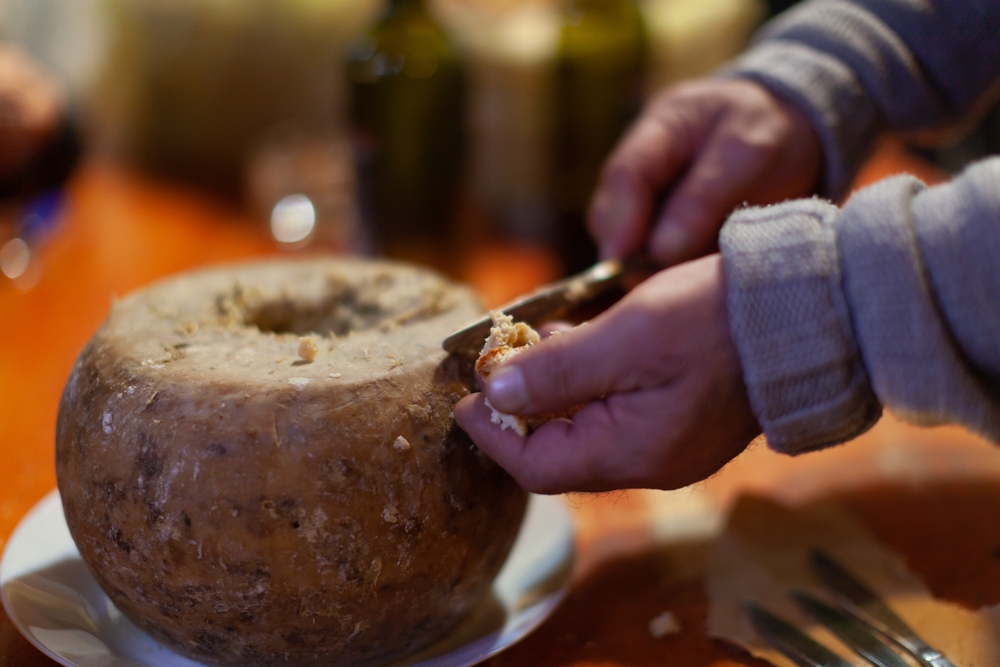
Casu Martzu is a traditional Sardinian sheep milk cheese renowned for its fermentation process involving live insect larvae. These larvae promote advanced fermentation, breaking down the cheese’s fats and resulting in a soft, creamy texture. The presence of live larvae and the cheese’s high moisture content contribute to its extremely short shelf life. Due to health regulations, Casu Martzu is banned in many countries, including the United States, and is often consumed locally soon after production. Its perishability and unique production method make it a rare delicacy with a fleeting period of optimal consumption.
Hoop Cheese
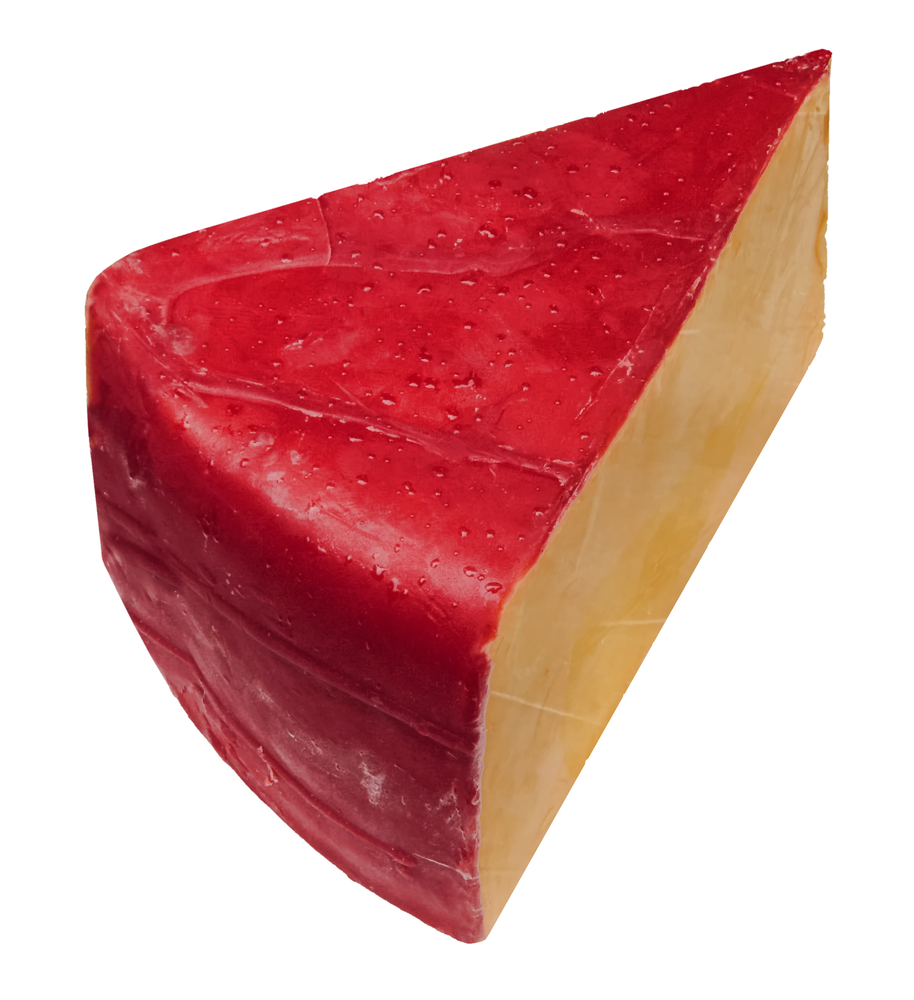
Hoop cheese is a traditional cow’s milk cheese that was once common in the Southern United States. It’s a simple, fresh cheese made by separating the whey from curds using a cheese hoop, resulting in a firm but not hard consistency. Due to its lack of aging and high moisture content, hoop cheese has a short shelf life and can spoil quickly without proper refrigeration. Its perishability and the difficulty of automating its production have led to its decline in availability, making it a rare find today. When available, it’s often found at local farmers’ markets or small grocers and should be consumed promptly.
Brie Noir
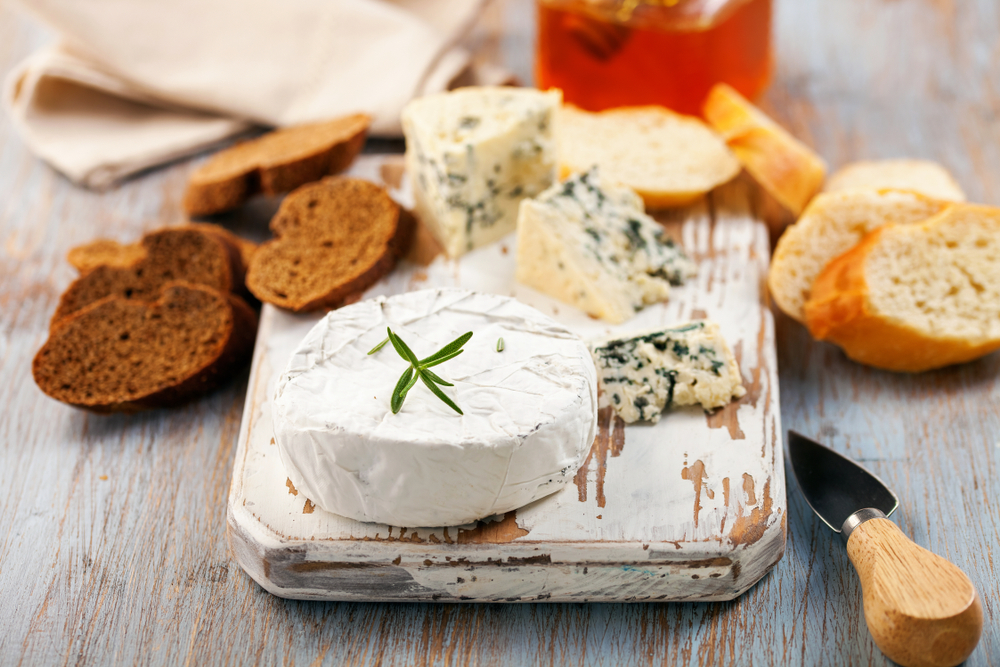
Brie Noir is an aged version of the classic French Brie cheese, undergoing a prolonged maturation process that can last up to a year. This extended aging results in a drier, darker pâte and a more intense flavor profile compared to its younger counterpart. Despite its aged nature, once Brie Noir is cut, its shelf life diminishes rapidly, and it should be consumed within a few days. Proper storage is crucial; it should be kept refrigerated and wrapped in breathable materials to prevent spoilage. Its unique taste and limited availability contribute to its rarity and desirability among cheese enthusiasts.
Fresh Cotija Cheese
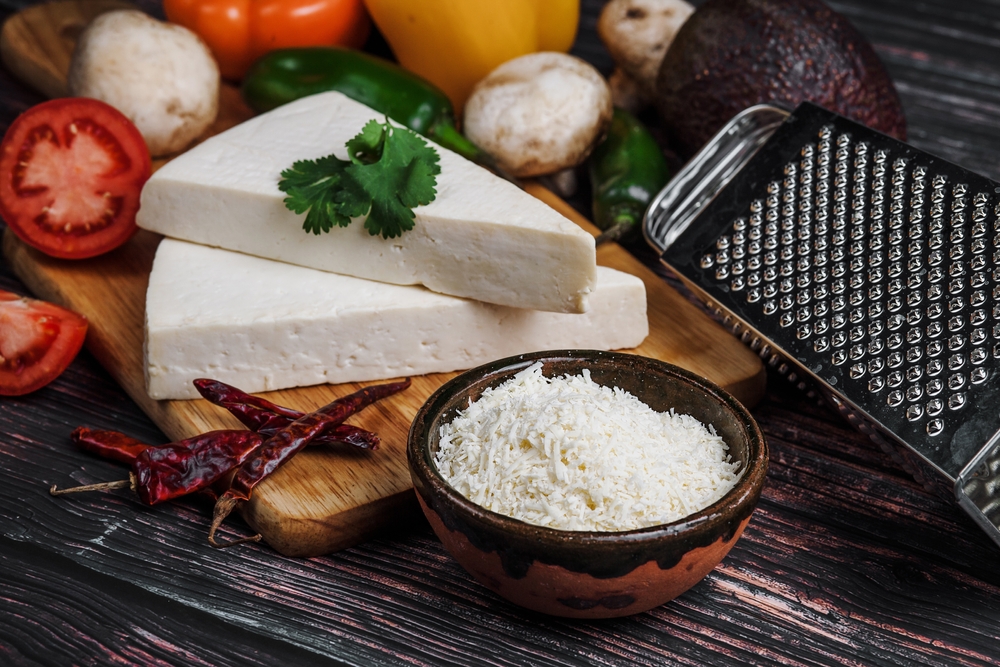
Cotija is a Mexican cow’s milk cheese named after the town of Cotija in Michoacán. While aged Cotija resembles hard cheeses like Parmesan, the fresh variety is softer with a mild flavor. This fresh version has a high moisture content, making it perishable and best consumed shortly after production. Without proper refrigeration, fresh Cotija can spoil quickly, limiting its shelf life to just a few days. It’s often used as a topping for Mexican dishes, adding a creamy texture and subtle saltiness.
Fresh Ricotta
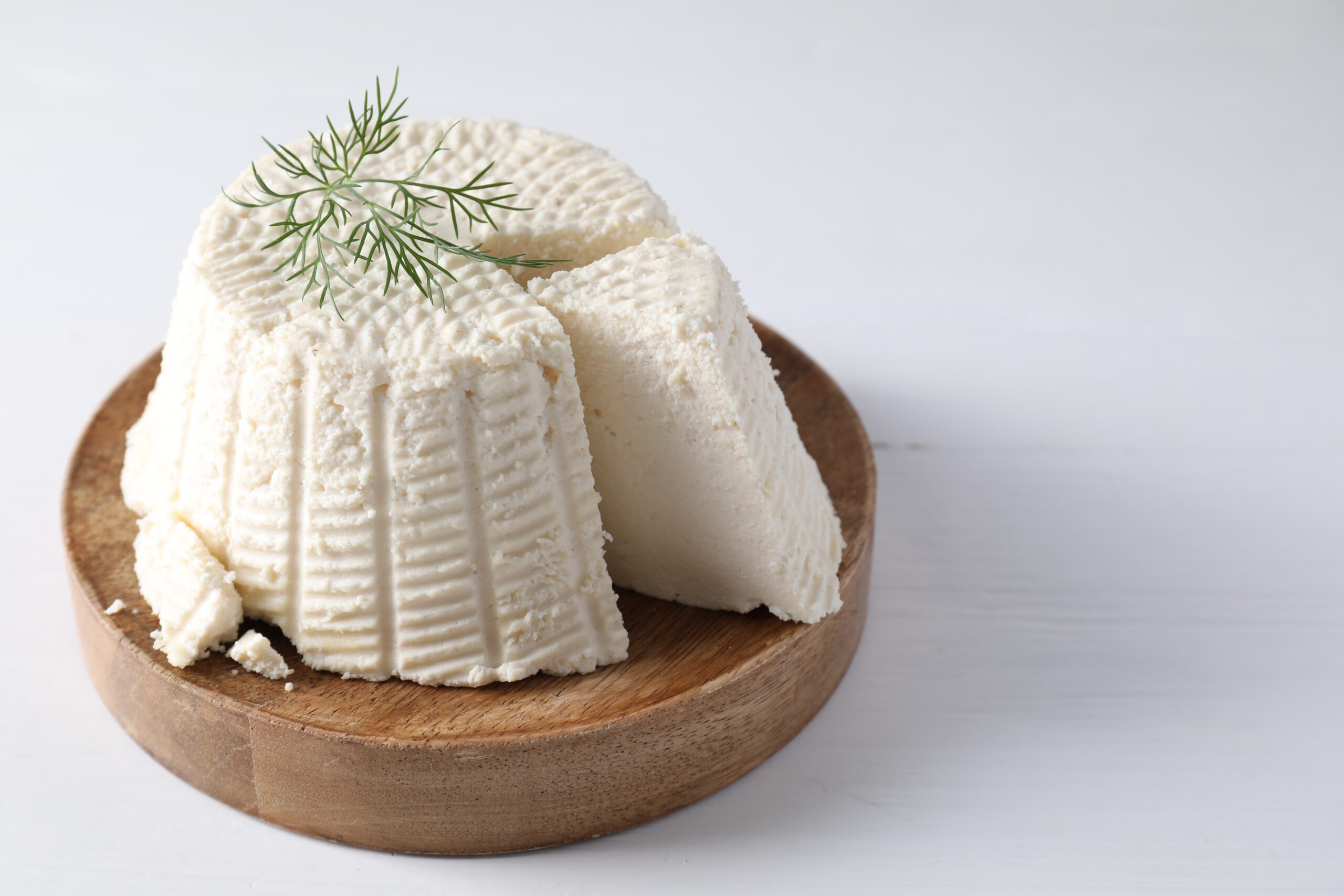
Fresh Ricotta is an Italian whey cheese made from leftover whey from sheep, cow, goat, or Italian water buffalo milk. Its name means “recooked,” referring to the second processing of the liquid to create this soft, creamy cheese. With a high moisture content and no aging process, fresh ricotta is highly perishable and should be consumed within a few days of production. Proper refrigeration is crucial to maintain its freshness, but even then, its shelf life remains short. It’s commonly used in various dishes, from savory pasta to sweet desserts, appreciated for its mild flavor and creamy texture.
Burrata
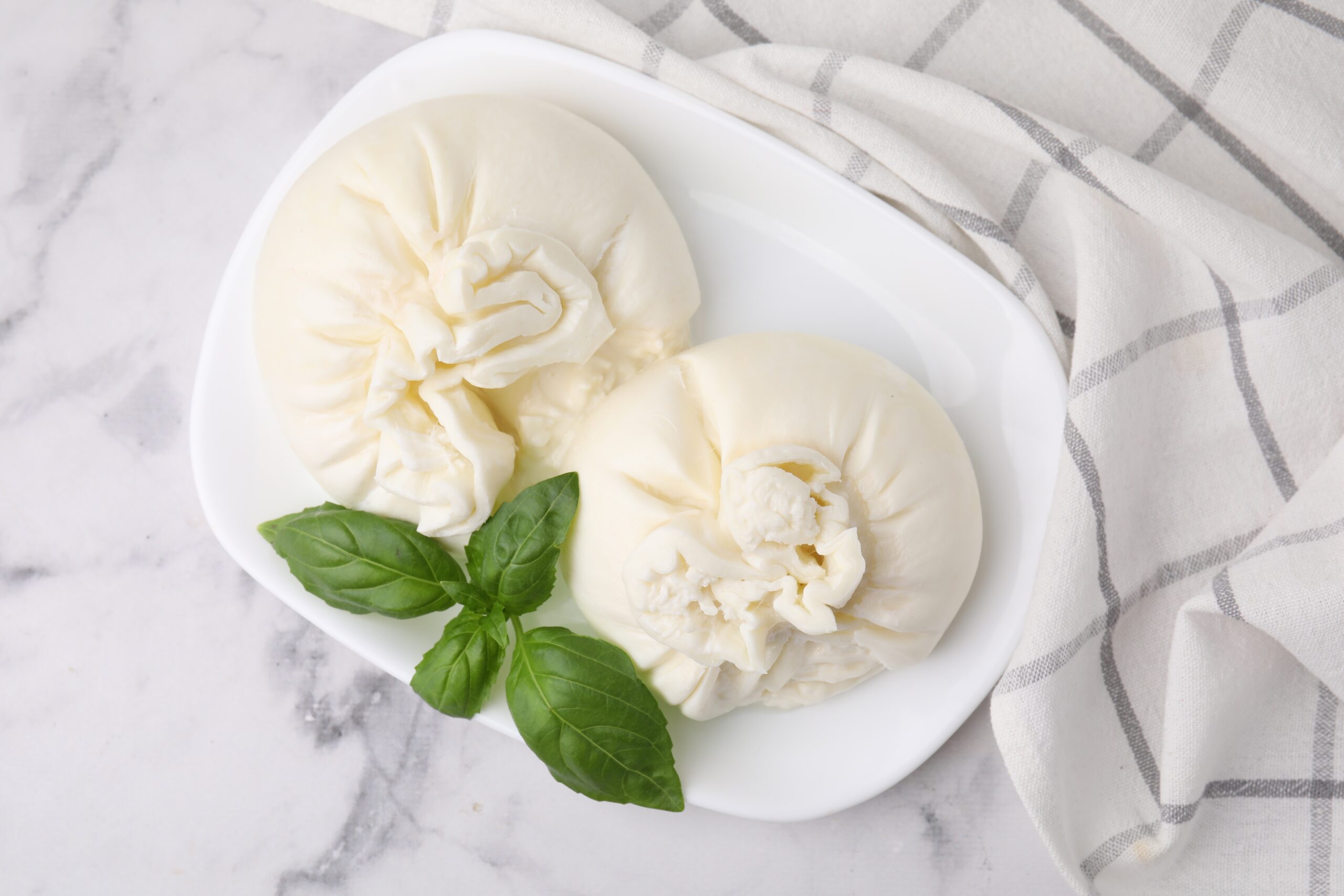
Burrata is an Italian cheese that combines mozzarella and cream, featuring an outer shell of solid mozzarella encasing a soft, creamy interior. This delicate composition results in a luscious texture and a rich, buttery flavor. Due to its high moisture content and fresh ingredients, burrata has an extremely short shelf life and is best consumed within 24 to 48 hours of production. Proper refrigeration can slightly extend its freshness, but it’s highly perishable and should be enjoyed promptly. Often served fresh with salads, fruits, or bread, burrata’s rarity and fleeting availability make it a sought-after delicacy.
Stracchino
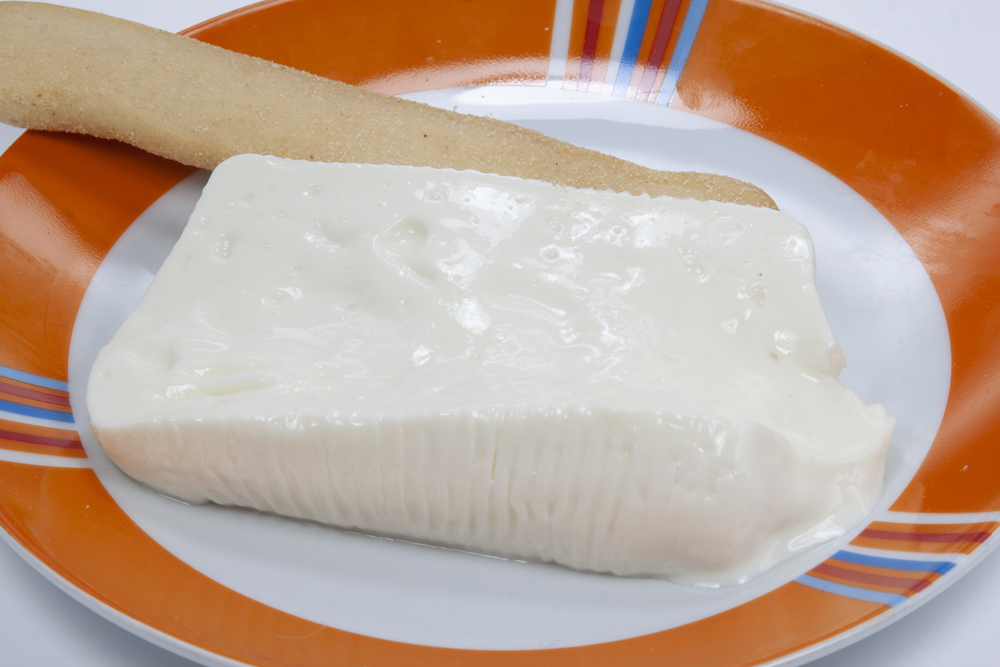
Stracchino, also known as Crescenza, is a fresh Italian cow’s milk cheese characterized by its soft, creamy texture and mild, delicate flavor. It’s traditionally produced in Lombardy and other regions of Northern Italy. Due to its high moisture content and lack of aging, Stracchino is highly perishable and should be consumed within a few days of production. Proper refrigeration is essential to maintain its freshness, but even then, its shelf life remains brief.
Queso Fresco
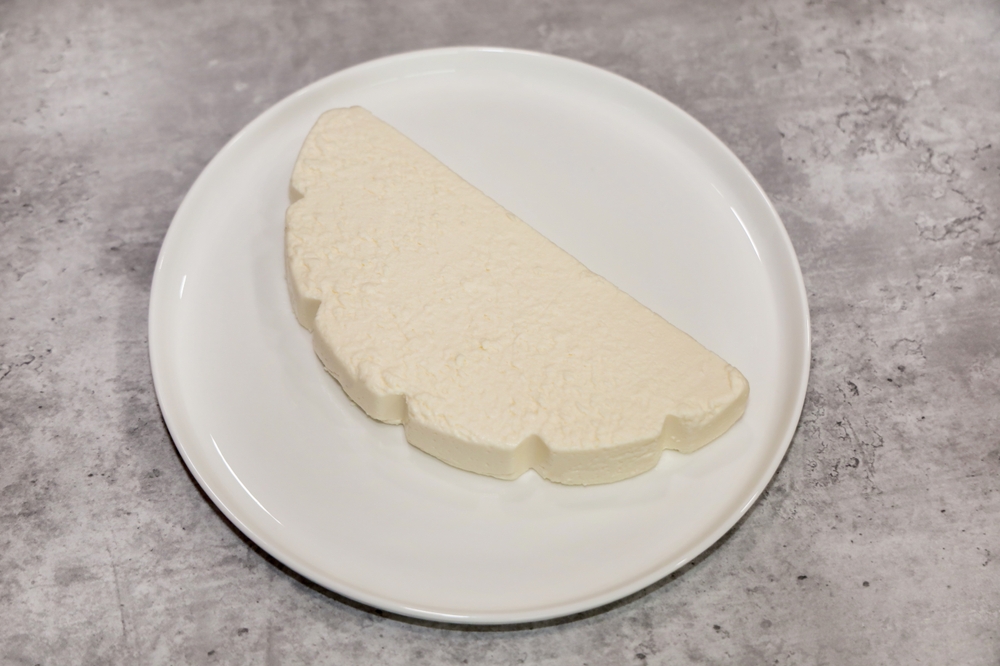
Queso Fresco is a traditional Mexican cheese made from raw cow’s milk or a combination of cow and goat milk. It has a soft, crumbly texture and a mild, slightly tangy flavor, making it a staple in many Latin American dishes. Due to its high moisture content and minimal aging, Queso Fresco is highly perishable and should be consumed within a few days of production. Proper refrigeration is essential to maintain its freshness, but even then, its shelf life remains short. It’s commonly used as a topping for enchiladas, tacos, and salads, adding a fresh and creamy element to various dishes.
Cottage Cheese
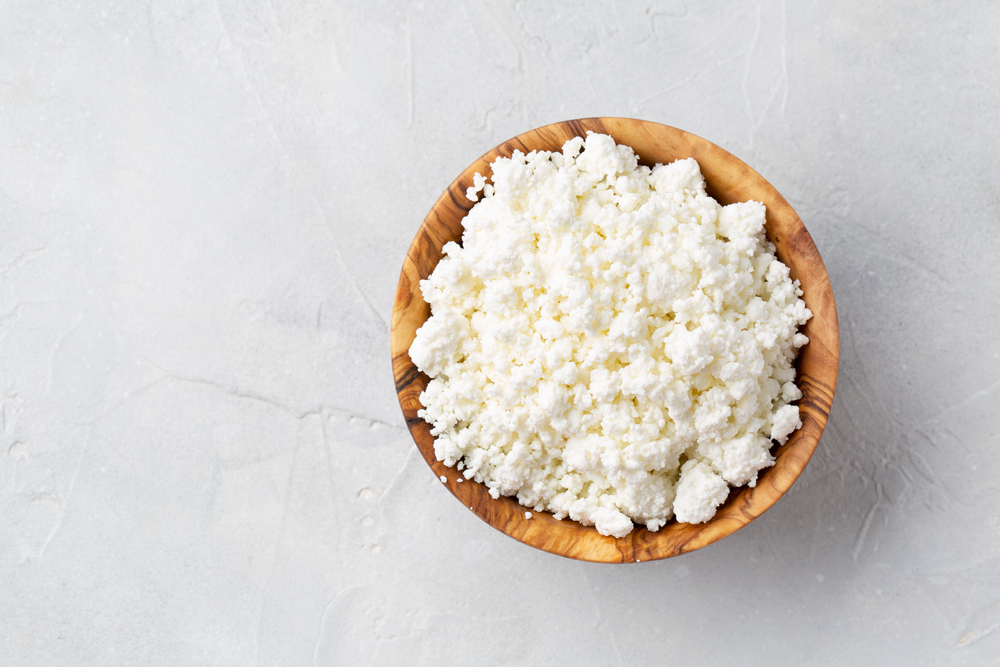
Cottage cheese is a fresh cheese curd product with a mild flavor and a creamy, lumpy texture. It’s made from cow’s milk by draining the cheese, as opposed to pressing it, retaining some of the whey, and keeping the curds loose. This high moisture content contributes to its short shelf life, typically lasting about a week after opening when refrigerated. Without proper storage, cottage cheese can spoil quickly, developing off-flavors and an unappetizing appearance. It’s often enjoyed on its own, mixed with fruits, or used in salads and various culinary dishes.
Neufchâtel
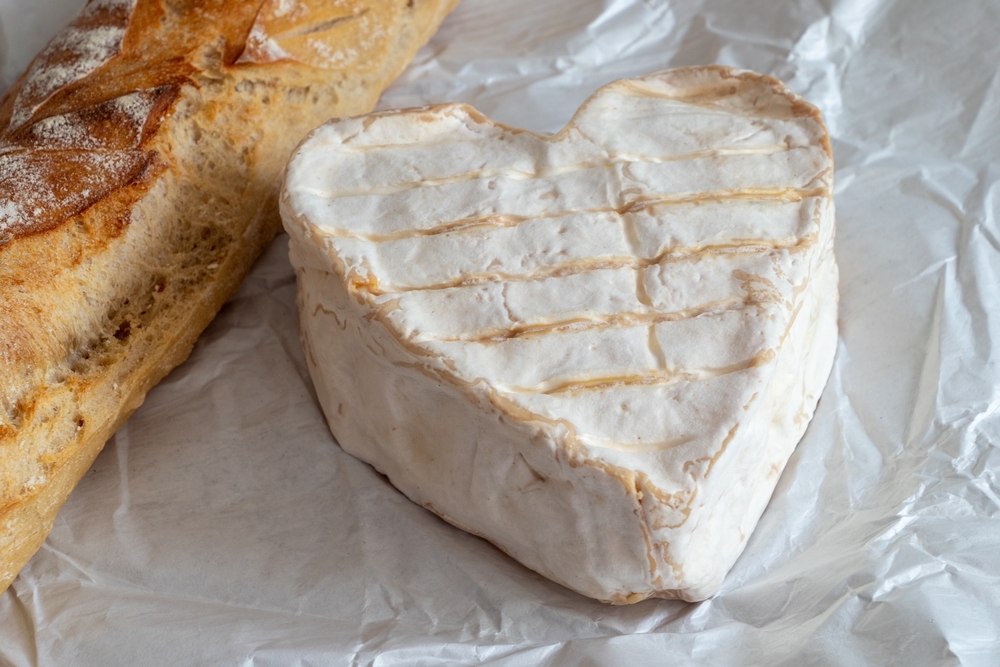
Neufchâtel is a soft, white, mold-ripened cheese originating from the Neufchâtel-en-Bray region of Normandy, France. It has a grainy texture and a salty, slightly sharp taste, often compared to Camembert and Brie. Due to its high moisture content and delicate rind, Neufchâtel has a limited shelf life and should be consumed within a few days of purchase. Proper refrigeration is necessary to maintain its quality, but even then, it doesn’t keep for long. It’s traditionally shaped into a heart, making it a popular choice for romantic occasions, and pairs well with fruits and wines.
Faisselle
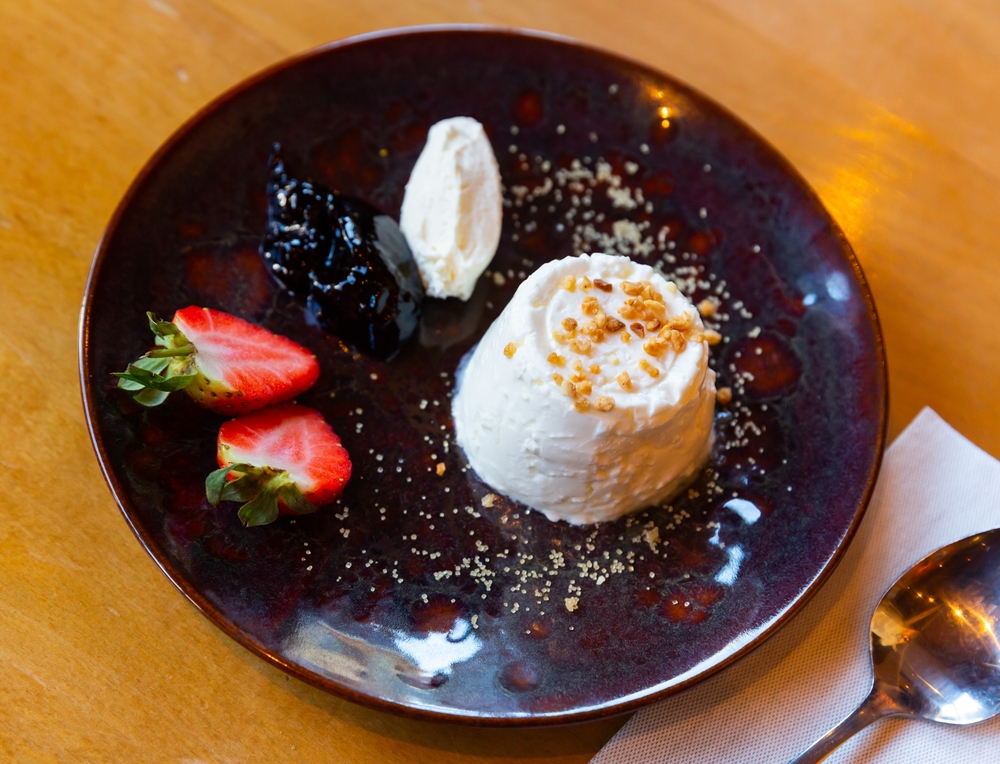
Faisselle is a fresh French cheese made from cow, goat, or sheep’s milk, known for its creamy and slightly tangy flavor. The name derives from the mold in which it’s drained, called a “faisselle.” With a high moisture content and no aging process, Faisselle is highly perishable and should be consumed within a few days of production. It requires refrigeration to maintain its freshness, but even then, its shelf life is brief. Often enjoyed as a dessert with sugar or fruit, or in savory dishes with herbs, Faisselle’s delicate nature adds a unique touch to various recipes.
Liptauer
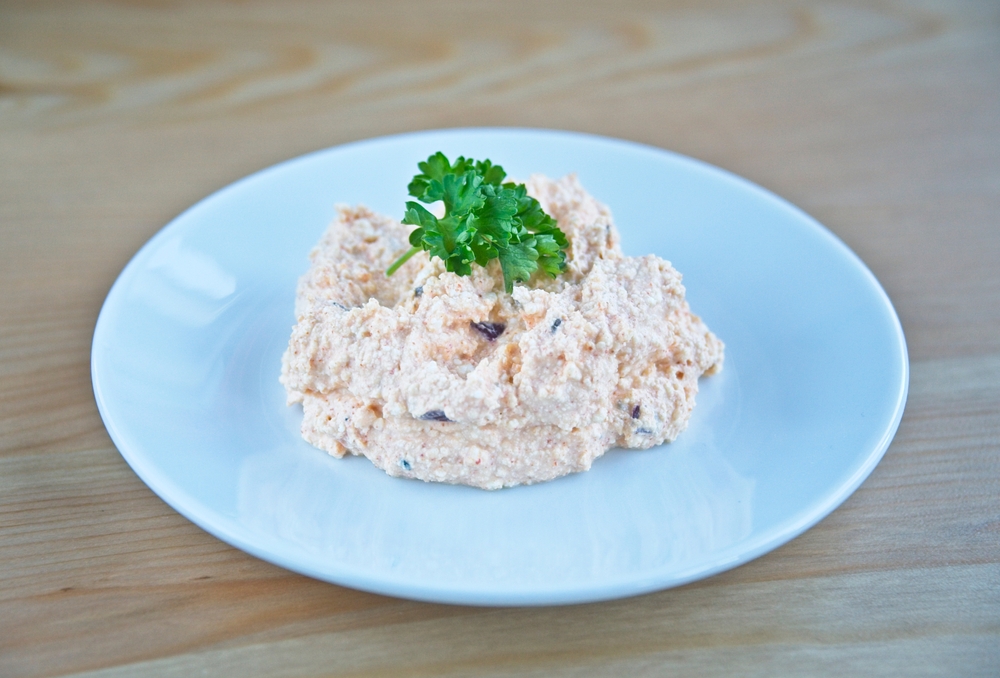
Liptauer is a spicy cheese spread popular in Austria, Hungary, and Slovakia, traditionally made from sheep’s milk cheese, such as Bryndza. It’s mixed with ingredients like paprika, onions, and caraway seeds, resulting in a flavorful and creamy spread. Due to its fresh ingredients and lack of preservatives, Liptauer has a short shelf life and should be consumed within a few days of preparation. Refrigeration is essential to maintain its quality, but it doesn’t significantly extend its longevity. Commonly served on bread or crackers, Liptauer adds a zesty kick to appetizers and snacks.
Quark
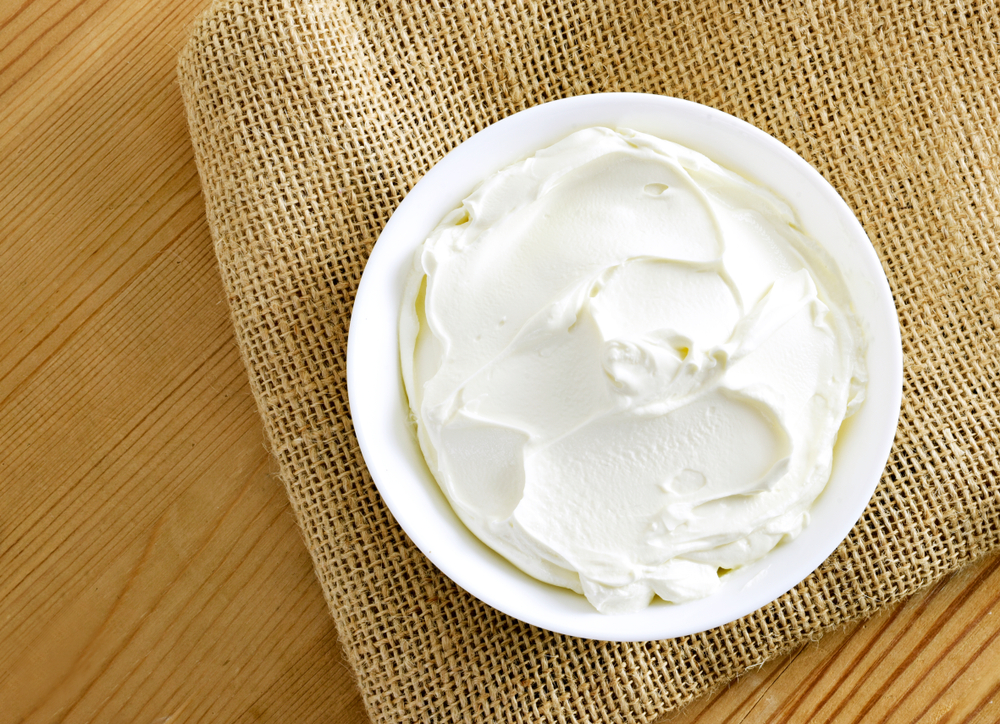
Quark is a fresh dairy product common in German-speaking countries and parts of Eastern Europe, resembling a cross between yogurt and cottage cheese. It’s made by warming soured milk until it curdles and then straining it, resulting in a soft, white cheese with a mild flavor. With its high moisture content and absence of aging, Quark is highly perishable and should be consumed within a few days of production. Proper refrigeration is necessary to keep it fresh, but its shelf life remains limited. It’s versatile in culinary uses, from being a base for cheesecakes to a component in savory dishes like quark dumplings.
Paneer
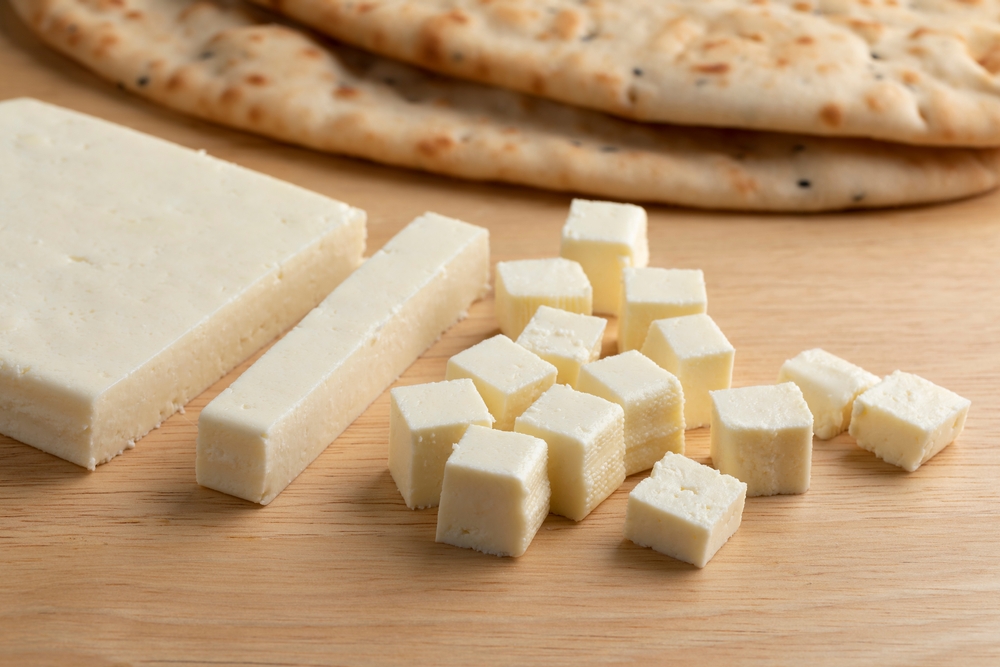
Paneer is a fresh, non-melting cheese common in Indian cuisine, made by curdling heated milk with a food acid like lemon juice or vinegar. It has a firm, crumbly texture, and a mild, milky flavor, making it a versatile ingredient in various dishes. Due to its high moisture content and lack of aging, paneer is perishable and should be consumed within a few days of preparation. Refrigeration helps maintain its freshness, but it doesn’t significantly prolong its shelf life. It’s widely used in dishes like palak paneer and paneer tikka, absorbing flavors from spices and sauces effectively.
This article originally appeared on RetailShout.
More From RetailShout
17 Sustainable Seafood Alternatives You Should Try

Eating seafood is one of life’s simple pleasures, but choosing the right kind of seafood makes all the difference. Sustainable options aren’t just better for the oceans—they’re healthier for you and often taste even better. Read More.
12 Hydrating Foods That Help Support Kidney Function
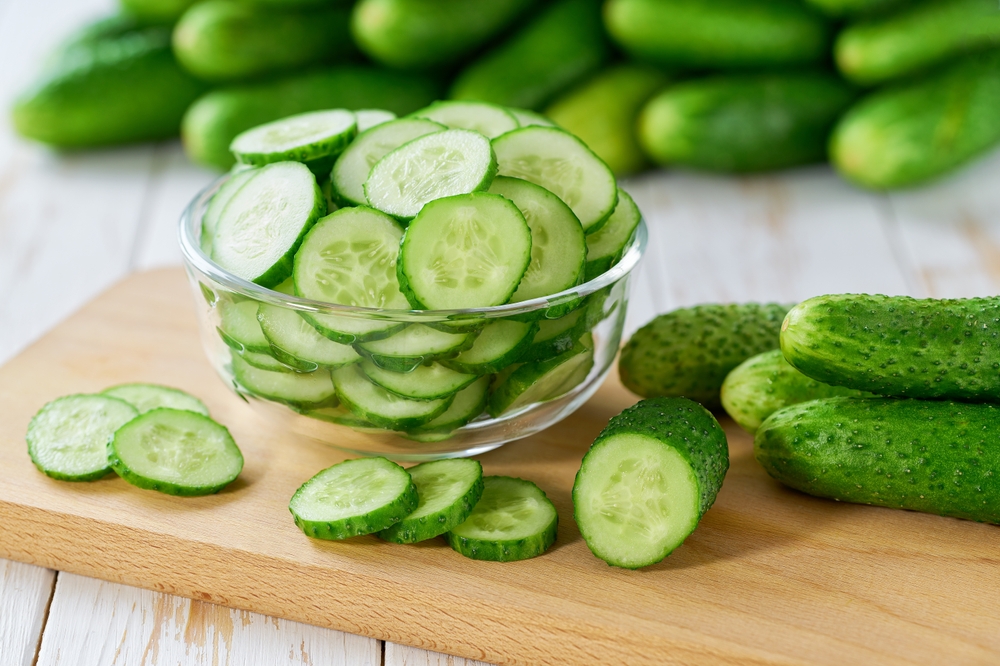
Kidneys play an essential role in filtering waste and excess fluids from your body. To keep them healthy, it’s crucial to stay hydrated and eat foods that support their function. Read More.
10 Chic Loungewear Under $25 You’ll Love from Walmart

Finding stylish loungewear that looks good, feels great, and doesn’t empty your wallet? Walmart has you covered. Their lineup of chic pieces under $25 proves that comfort and style can go hand in hand without costing a fortune. Read More.

